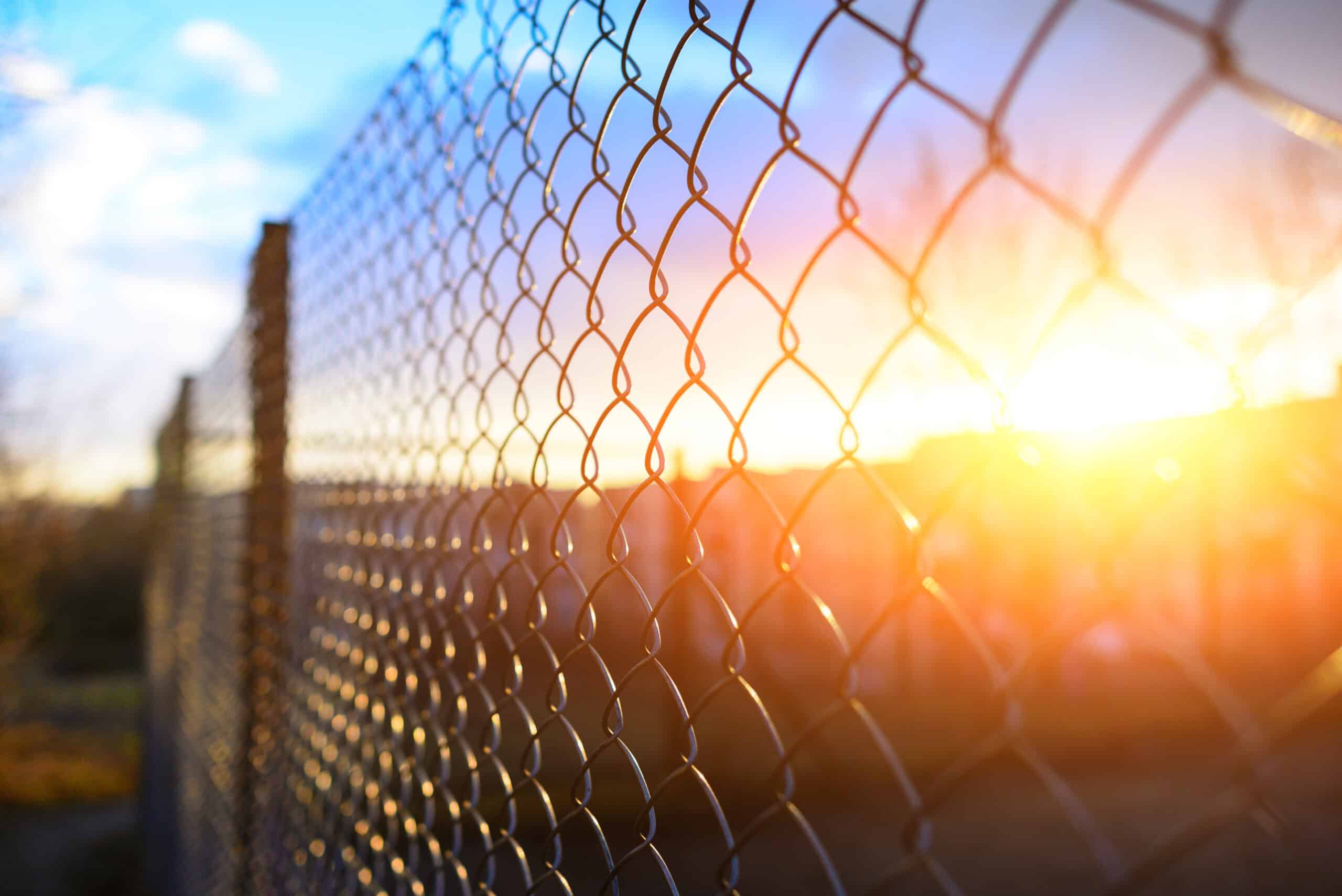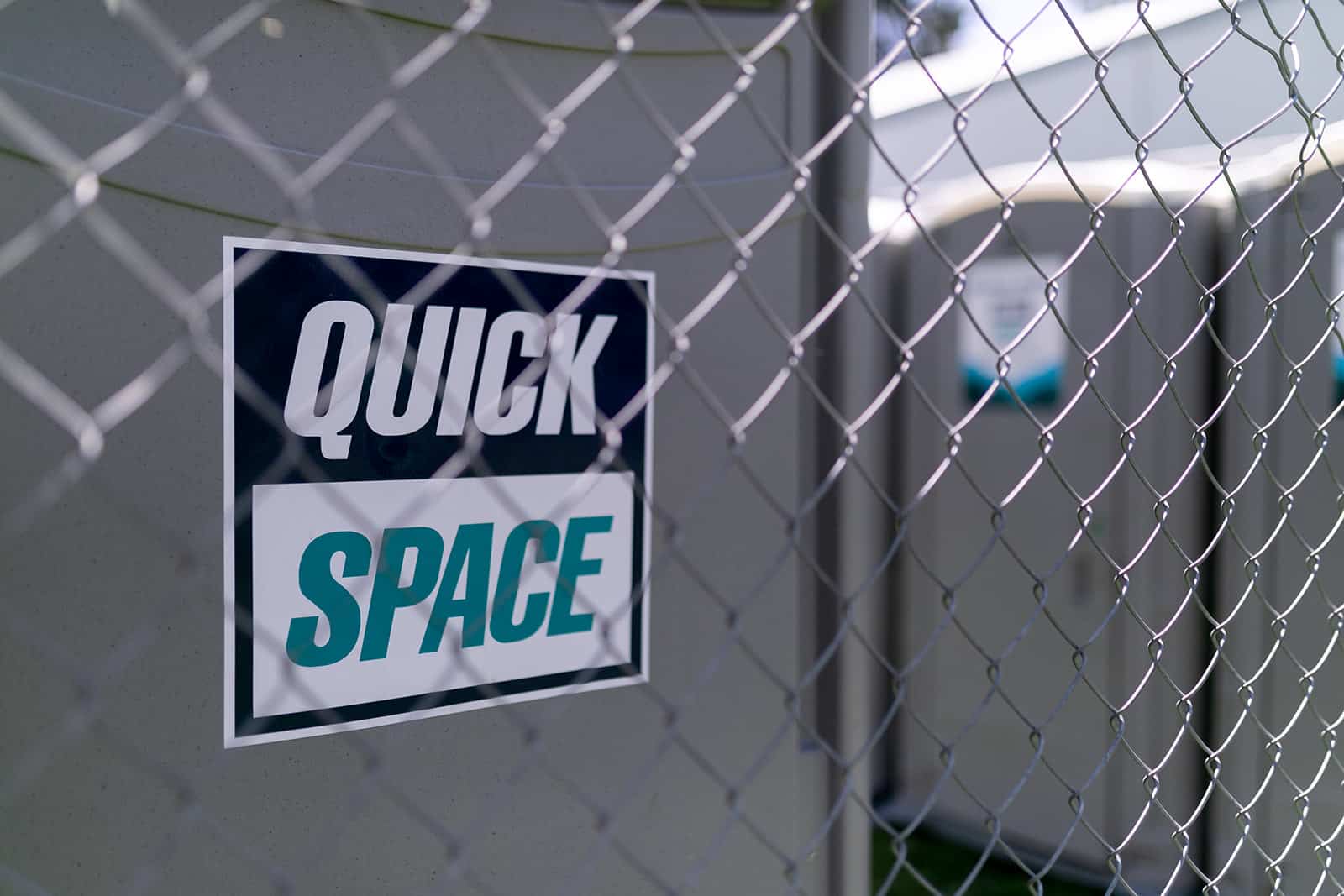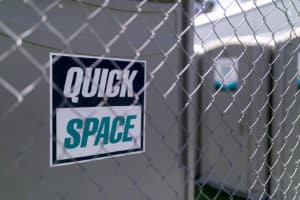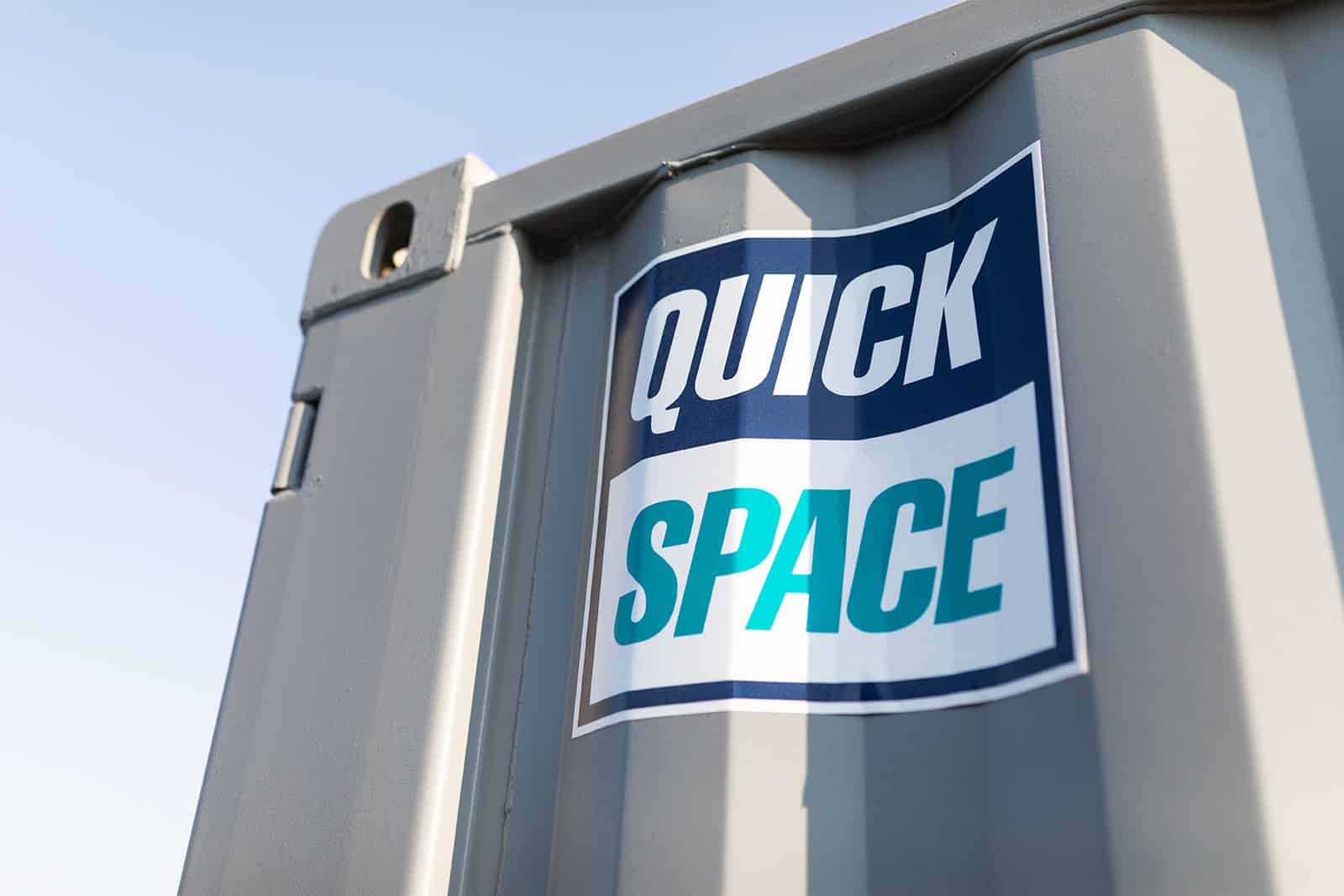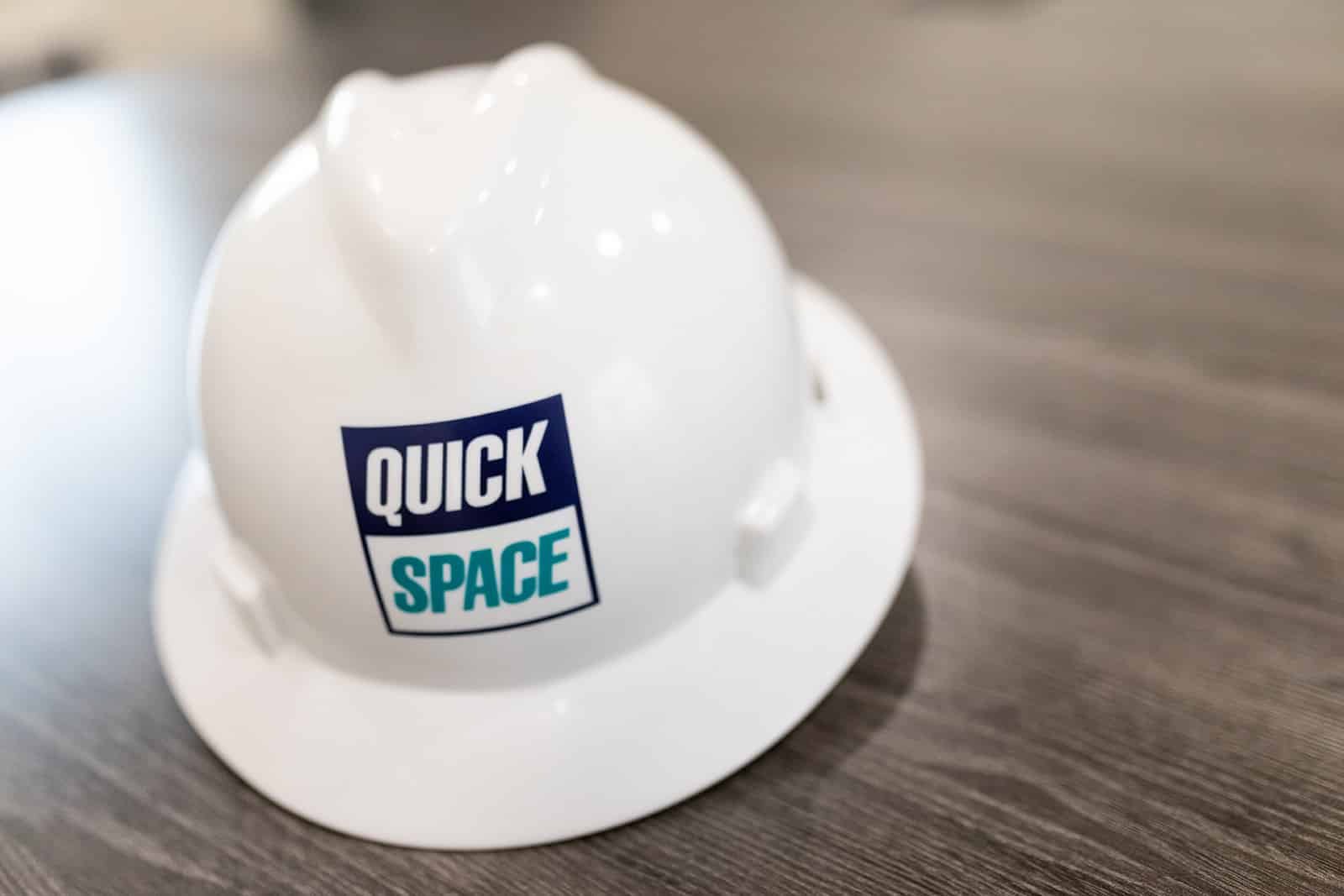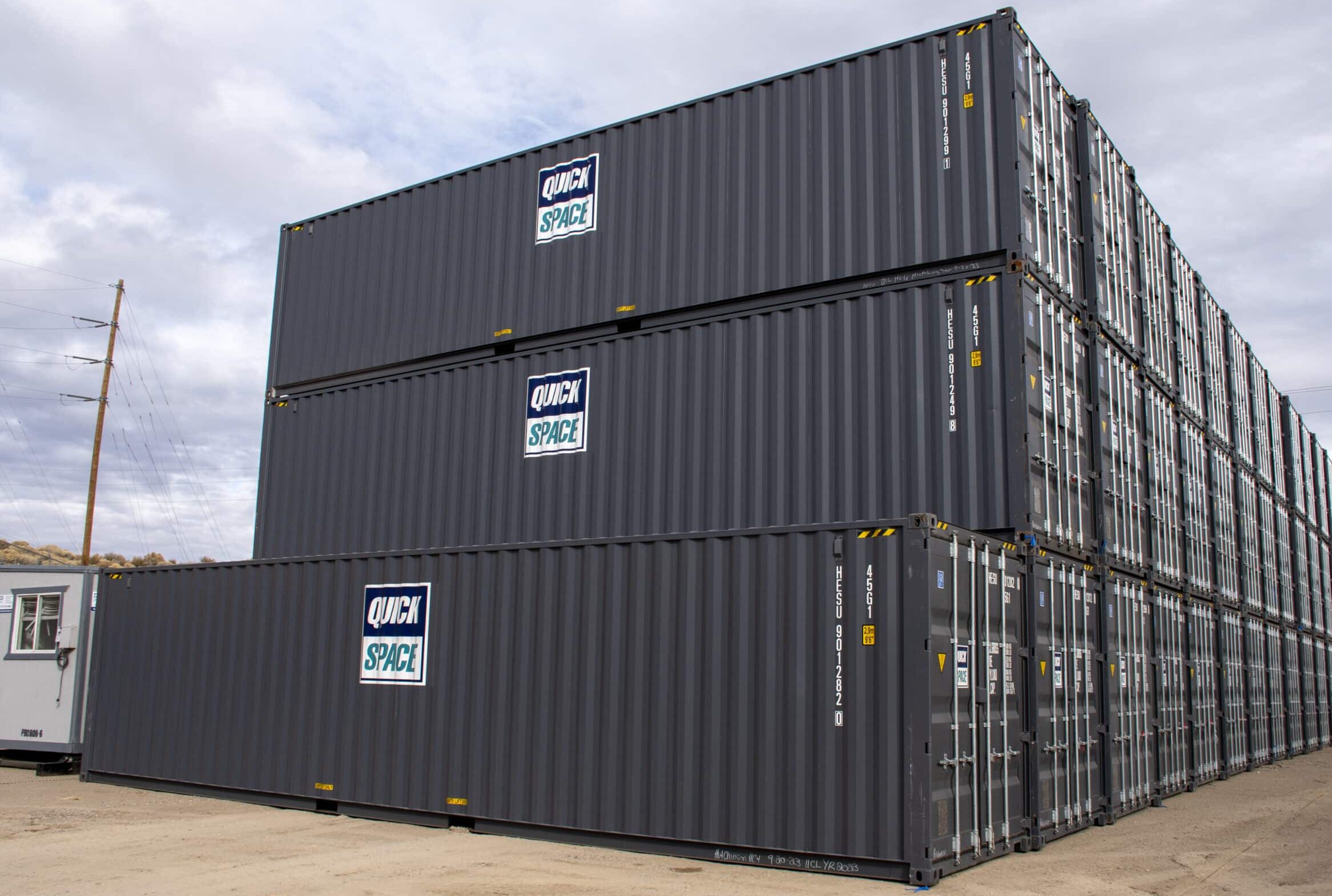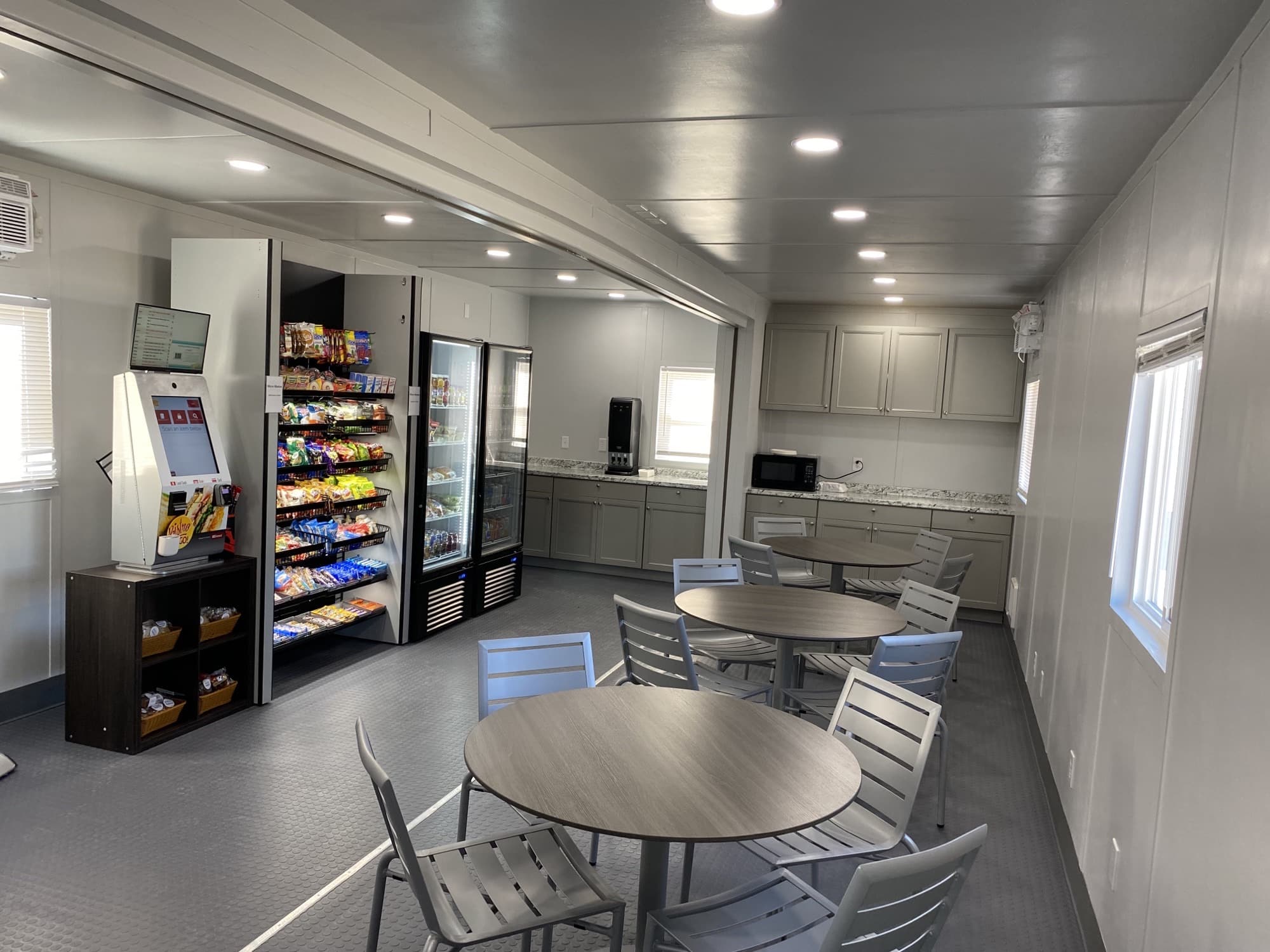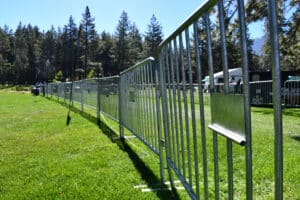
In this article, we’ll explore expert tips, clever tricks, and convenient rental options for all your temporary fencing needs.
-
Assess Your Temporary Fencing Needs
Before delving into the logistics of temporary fencing, assess your specific requirements. Consider the purpose of the fencing, duration of use, terrain, and the length/size of the potential fenced area. This initial assessment helps guide you in making informed decisions throughout the process.
-
Choose the Right Type of Temporary Fencing
Temporary fencing is available in various forms, such as chain-link, mesh screen, crowd control, and Z-fence panels. Each type has unique benefits for different applications:
-
- Chain-Link Fencing: Provides durability and security, making it ideal for construction sites.
- Mesh Screen: Offers privacy while allowing airflow, perfect for events and construction.
- Crowd Control Fencing: These portable and durable crowd control barriers are ideal for dangerous or high traffic areas at any event.
- Z-Fence Panels: Stronger than the standard chain-link fence panels.
Selecting the appropriate type ensures optimal functionality and cost-effectiveness for your needs.
-
Plan the Layout Efficiently
Strategic layout planning maximizes your effectiveness. Consider the boundaries to secure, entry and exit points, traffic flow, and any special areas requiring attention, such as equipment storage or pedestrian pathways. Mapping out the layout in advance prevents confusion during installation and ensures seamless operation.
-
Secure the Fencing Properly
Proper installation and anchoring are crucial for the stability and effectiveness of temporary fencing. Use sturdy anchors such as concrete blocks, sandbags, or driven posts to prevent shifting or tipping, especially in windy or uneven terrain. Ensure the fencing is adequately tensioned to maintain its integrity and discourage unauthorized access.
-
Enhance Safety Measures
Incorporating safety features can enhance functionality:
-
- Add reflective tape or flags for increased visibility in low-light conditions.
- Install debris netting or toe boards at construction sites to protect workers and passersby from falling objects.
-
Implement Access Control
Effective management of access points is essential for controlling the flow of people and vehicles within the enclosed area. Utilize gates, turnstiles, or barricades equipped with locking mechanisms to regulate entry and exit. Access control measures enhance security and facilitate efficient traffic management.
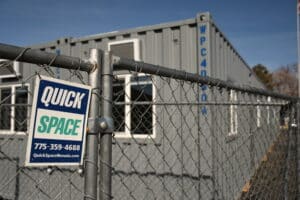
-
Consider Temporary Fencing Rentals
Choosing rental options offers convenience and cost savings compared to outright purchasing. Rental companies typically provide a range of fencing options tailored to different needs, along with delivery, installation, and removal services. This flexibility allows you to customize your fencing solution without long-term commitment or maintenance responsibilities.
This doesn’t have to be a daunting task. By following these expert tips, tricks, and leveraging rental options, you can streamline the process and ensure your temporary fencing solution meets your needs effectively. Explore reliable temporary fencing rental services to simplify your next project or event.

